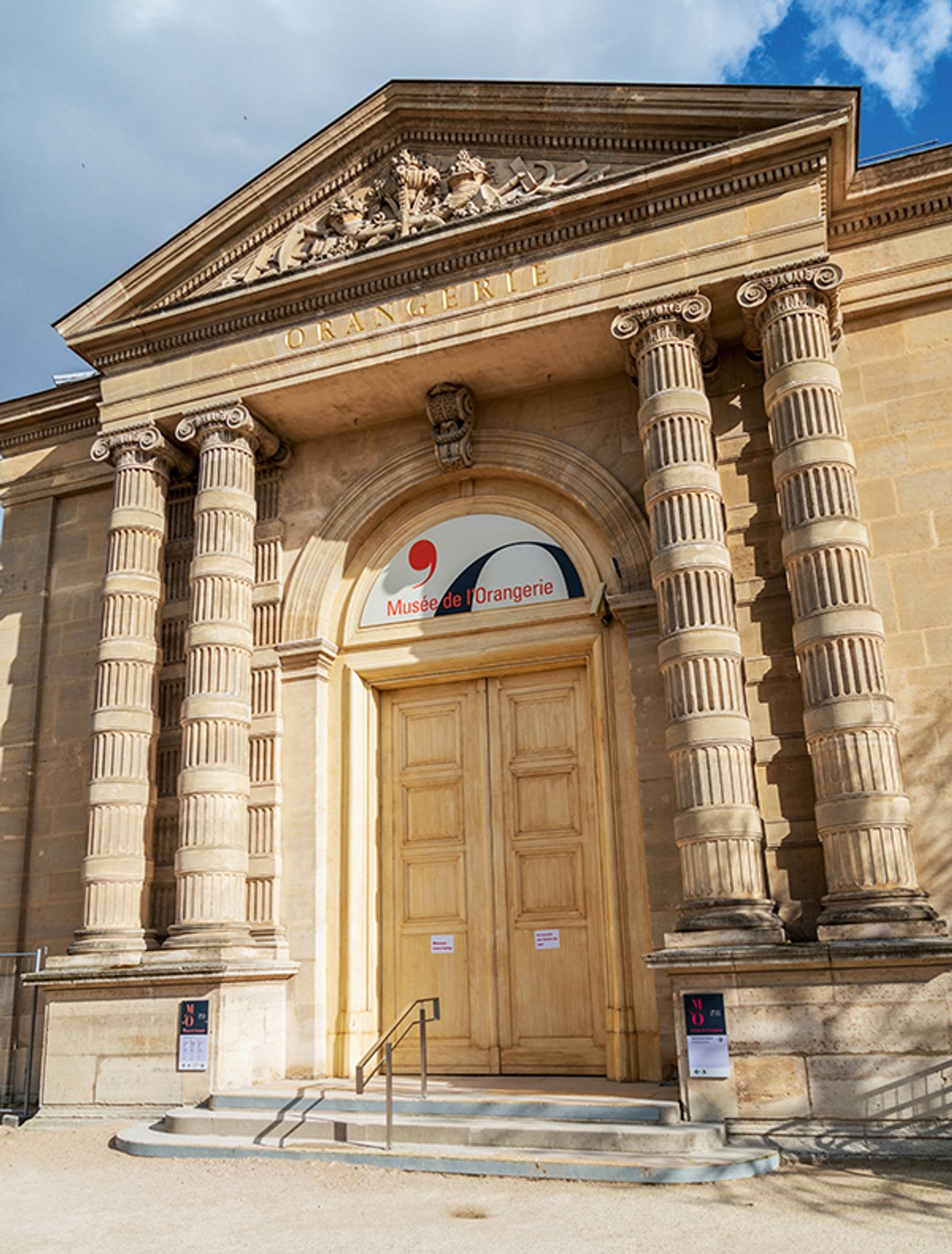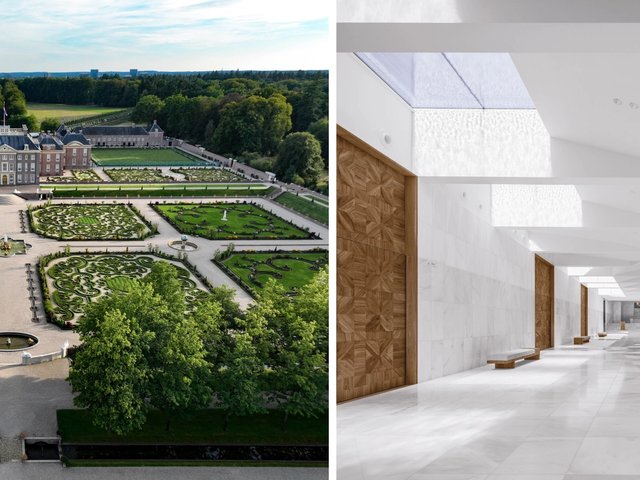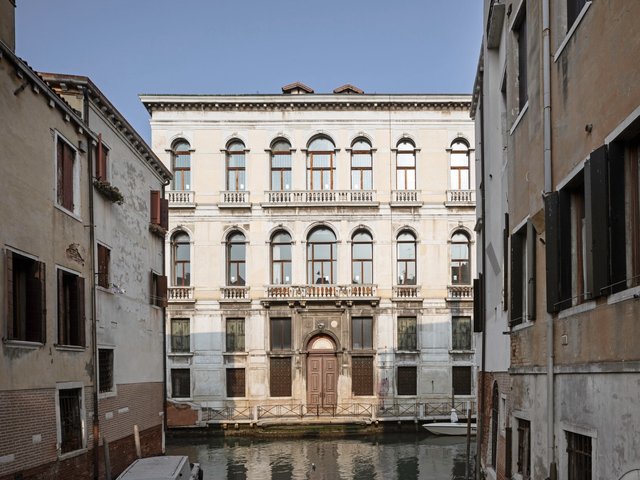The Musée de l’Orangerie, in Paris, is closed to the public until 2 March, as part of a year-long renovation project to improve visitor access and flow. Despite the pandemic and last year’s Olympic Games, attendance at the museum is at an all-time high. “When the museum reopened in 2006 after Olivier Brochet’s successful renovation, the maximum number of people anticipated was about 600,000 annually,” says the director Claire Bernardi, who has been in post since January 2022. “Today, the actual figure stands at 1.2 million.”
This year’s renovation is not about increasing capacity but rather regulating existing levels in a way that prioritises both the needs of the public and staff. It is being funded with the proceeds of the touring exhibition, Cézanne and Renoir: Looking at the World. (This collection of masterpieces from the Orangerie and the Musée d’Orsay is at present on show at the Hong Kong Museum of Art before travelling to Tokyo and Seoul.)
Where visitor ingress and egress have until now merged in one tight spot, historic monuments architects are creating a distinct exit within the northern façade of the building that looks out on to the Tuileries Gardens. This new gateway will allow for a more spacious lobby area, with less queueing outside. The welcome desk, lockers and audio-guide counters are being reworked, the gift shop renewed. The team is also reassessing entrance levels and counter heights to better accommodate accessibility needs. “These aren’t works designed to be noticed,” Bernardi says. “We’ll see the changes. And the public will no doubt feel them. But the idea is to be as humble and discreet as possible, respectful of the location, the works and the listed building itself.”
Dealing with Tuileries dust
Crucially, the architects are installing revolving doors and a vacuum system designed to reduce the impact of the notorious Tuileries dust. Amateur gardeners might flock to online forums in search of the recipe for the royal gardener André Le Nôtre’s 17th-century stabilisé, that pale mix of pea gravel, sand and whitewash that paves the elegant alleyways of his parterre layout. But for 21st-century museum directors, it is just a massive headache.
Trucks ferrying in goods for the intensive public programming, which the gardens host effectively, constantly grind the material into a volatile powder that, as one journalist put it in 2013, “invades everything”. The idea of getting rid of it altogether was floated at the time, but at €15m, the cost was deemed prohibitive.
Managing it in the interim has been a conservation challenge. “At one point, we had a big carpet at the entrance. But that did not work,” Bernardi says. “We’ve done a lot of work with the Louvre team to stabilise the ground around the museum. And then, it’s our internal teams working hard at, well, cleaning and dusting, on those days when the museum is closed.”
Having a five-week closure now gives conservators the chance to thoroughly renew the two oval rooms that house Claude Monet’s eight Water Lillies panels. They are dusting the fabled works, repainting the walls and replacing the skylights. “I think there’ll be a distinct before and after. For connoisseurs, it’ll be spectacular,” Bernardi says.




